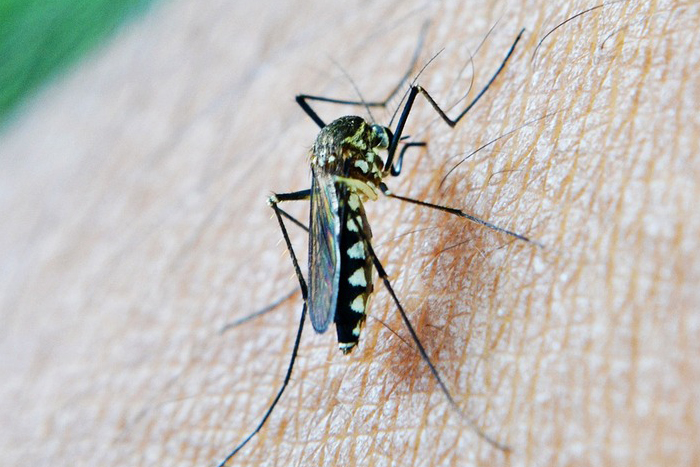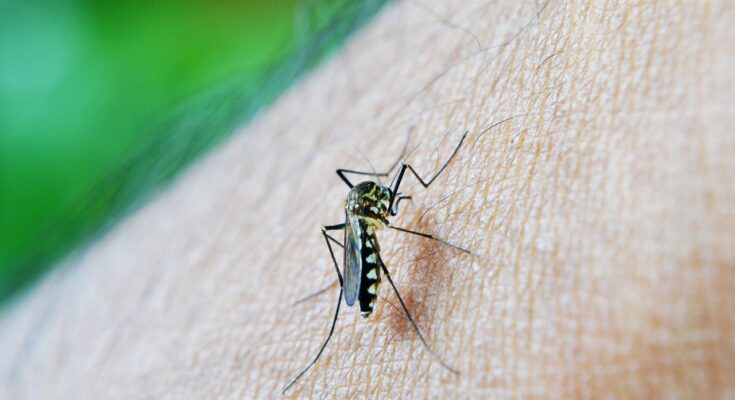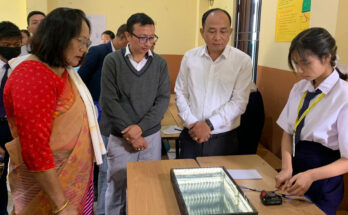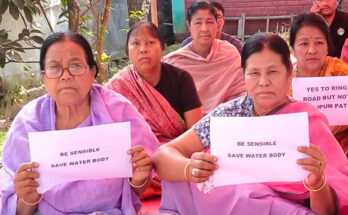
Imphal April 8, 2024 Imphal By Banti Phurailatpam
Contents
- 1 Nepal’s Mosquito Dengue Response
- 2 Introduction:
- 3 1: Understanding the Dengue Outbreak in Nepal
- 4 2: Government Response and Public Health Measures
- 5 3: Community Engagement and Education
- 6 4: Challenges and Future Directions
- 7 5: Mobilizing Resources and International Support
- 8 6: Vulnerable Populations and Equity Considerations
- 9 Conclusion:
Nepal’s Mosquito Dengue Response
Introduction:
Nepal, a country known for its stunning landscapes and vibrant culture, is currently facing a significant public health challenge: the outbreak of dengue fever transmitted by Aedes mosquitoes. As cases continue to rise across various regions, authorities and healthcare professionals are mobilizing resources and implementing strategies to control the spread of the disease. In this comprehensive news article, we explore Nepal’s response to the mosquito-borne dengue outbreak, highlighting efforts to mitigate the impact on communities and prevent further transmission of the virus.
1: Understanding the Dengue Outbreak in Nepal
- Over the past few months, Nepal has witnessed a surge in dengue fever cases, with thousands of individuals presenting symptoms such as high fever, severe headaches, joint pain, and rashes.
- Health authorities report an increase in dengue outbreaks in various districts, including Kathmandu, Chitwan, and Kaski, raising concerns about the potential for further spread.
1.2 Transmission Dynamics:
- Dengue fever is caused by the dengue virus, which is primarily transmitted to humans through the bites of infected Aedes mosquitoes, particularly Aedes aegypti and Aedes albopictus.
- Factors such as urbanization, climate change, inadequate waste management, and water storage practices contribute to the proliferation of mosquito breeding sites and the spread of dengue in Nepal.
2: Government Response and Public Health Measures
2.1 Vector Control and Surveillance:
- The Government of Nepal, in collaboration with local authorities and international partners, has launched vector control measures to reduce mosquito populations and prevent dengue transmission.
- Activities include larval source reduction, insecticide spraying, fogging operations, and community awareness campaigns to promote environmental sanitation and mosquito bite prevention.
2.2 Enhanced Healthcare Services:
- Health facilities across Nepal have intensified efforts to diagnose and treat dengue cases promptly, providing medical care, supportive therapy, and monitoring for severe complications such as dengue hemorrhagic fever and dengue shock syndrome.
- Mobile health clinics, telemedicine services, and community outreach initiatives are deployed to reach remote areas and ensure access to healthcare services for affected individuals.
3: Community Engagement and Education
3.1 Public Awareness Campaigns:
- Community engagement and education play a crucial role in dengue prevention efforts, with health authorities launching public awareness campaigns to educate individuals about dengue symptoms, prevention measures, and the importance of seeking timely medical care.
- Educational materials, social media campaigns, and community workshops are utilized to disseminate information and empower communities to take proactive measures to reduce mosquito breeding sites and protect themselves from mosquito bites.
3.2 School and Youth Engagement:
- Schools and youth organizations are mobilized as key stakeholders in dengue prevention initiatives, with educational programs implemented to raise awareness among students, teachers, and parents about dengue transmission, prevention, and control measures.
- Student-led activities such as clean-up drives, mosquito habitat mapping, and awareness rallies foster a sense of ownership and responsibility among young people in combating the dengue outbreak.
4: Challenges and Future Directions
4.1 Environmental Factors:
- Environmental factors such as climate change, deforestation, and urbanization pose ongoing challenges to dengue control efforts in Nepal, creating conducive environments for mosquito breeding and disease transmission.
- Long-term strategies focusing on environmental management, urban planning, and sustainable development are needed to address these underlying factors and reduce the risk of future outbreaks.
4.2 Collaboration and Research:
- Collaboration among government agencies, healthcare providers, academia, and international partners is essential for strengthening dengue surveillance, research, and response capacities in Nepal.
- Investments in research and innovation, including vector control technologies, diagnostic tools, and vaccine development, are critical for advancing dengue prevention and control efforts in the country.
5: Mobilizing Resources and International Support
5.1 Resource Allocation:
- The Government of Nepal is mobilizing financial resources and logistics to support dengue control efforts, including the procurement of insecticides, medical supplies, and equipment for vector surveillance and laboratory testing.
- Funding from international organizations, bilateral partners, and donor agencies is also being sought to bolster Nepal’s response capacity and address gaps in healthcare infrastructure and human resources.
5.2 International Collaboration:
- Nepal is collaborating with international health agencies such as the World Health Organization (WHO), the Centers for Disease Control and Prevention (CDC), and the Asian Development Bank (ADB) to access technical expertise, guidance, and funding support for dengue prevention and control activities.
- Cross-border collaboration with neighboring countries, including India and Bangladesh, is crucial for sharing information, coordinating response efforts, and preventing the importation of dengue cases across borders.
6: Vulnerable Populations and Equity Considerations
6.1 Vulnerable Communities:
- Vulnerable populations such as migrant workers, marginalized communities, and residents of informal settlements are disproportionately affected by the dengue outbreak due to factors such as overcrowded living conditions, limited access to healthcare, and socioeconomic disparities.
- Targeted interventions, including outreach programs, mobile clinics, and community-based healthcare services, are implemented to reach underserved populations and ensure equitable access to dengue prevention and treatment services.
6.2 Climate Resilience and Adaptation:
- Climate change exacerbates the risk of dengue transmission in Nepal, with rising temperatures, erratic rainfall patterns, and environmental degradation creating favorable conditions for mosquito breeding and disease spread.
- Climate-resilient strategies, such as early warning systems, climate-adaptive infrastructure, and community-based disaster preparedness, are integral to building resilience against climate-related health threats and reducing the vulnerability of communities to dengue outbreaks.
Conclusion:
As Nepal confronts the dengue outbreak, it is imperative to adopt a multi-sectoral approach that addresses the complex interplay of environmental, social, and economic factors driving disease transmission. By mobilizing resources, strengthening health systems, engaging communities, and fostering international collaboration, Nepal can mitigate the impact of the dengue outbreak and build resilience against future health threats. Through collective action and solidarity, Nepal remains committed to safeguarding the health and well-being of its people and achieving the Sustainable Development Goals (SDGs) for a healthier, more resilient future.




